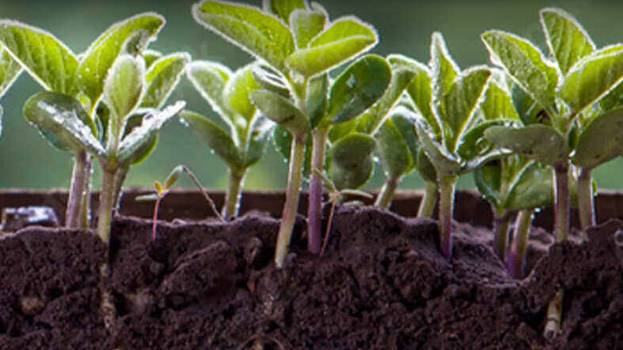Top 5 Opportunities in Southeast Asia Webinar
For a host of reasons, Southeast Asia is one of the most critical regions for the crop input industry. It’s little wonder, then, that companies from across the globe are interested in expanding their operations throughout the area. AgriBusiness Global LIVE! Hosted the Top 5 Opportunities in Southeast Asia October 25 with two regional experts: Dr. Siang Hee Tan, Executive Director for CropLife Asia and Lawrence Yu, President of AMVAC in Asia Pacific. Webinar attendees asked several follow-up questions that our experts responded to. See the insights below.
Is there a growing demand for organic fertilizers and biostimulants in the region?
Lawrence Yu: The willingness to use organic fertilizers is increasing, but it is very much depended on the price difference against inorganic fertilizer. Singapore with its more affluent consumers and indoor cultivation of vegetables will see important increase. Biostimulants are picking up quickly as they are recognized to improve crop quality and quantity.
Hello there! What about opportunities (can companies in SE Asia take advantage of) concerning Brazil with regards to agriculture, connections, networking, and marketwise?
LY: There is not much connection between SE Asia and Brazil. Logistic cost is high as the distance between Brazil and SE Asia is far. So probably not many exceptional opportunities.
How are mating-disruption products viewed by farmers in Southeast Asia?
LY: It is basically not effective with small farm plot size predominant in the region.
Why are biological pesticides not growing as forecasted and why are farmers reluctant to adopt them?
LY: Biological products need a different service model than conventional crop protection chemicals. More hands on supports to growers are important to ensure performance. Most distribution organizations are not set up to do that. In addition, the lack of authentication of organic farm produces does not help to expand the organic agriculture market.
The issue I see in terms of tapping opportunities in ag in SE Asia is the low prices of ag commodities and food. Take rice for example. Several countries in SE Asia could have reduced imports of rice and grow more in their own countries. Malaysia, Philippines, and Indonesia are prime examples. Suitable land is there but they have been relying on imports from Thailand, India, and Vietnam. Hopefully, with the recent banning on rice exports in India that drove prices up significantly is a wakeup call. Do you not think that unless prices of food go up for farmers to make money, such opportunities in ag will not come about?
LY: The inability of Malaysia, Philippines and Indonesia to be self-sufficient in rice is a policy matter and not a technology matter. Basically, farm gate price for rice is too low with no government price supports. Farming is a business; farmers will provide the outputs that give them the best income.
Are they seeing an interest in and adoption of regenerative ag?
LY: There is an improved understanding. However, soil degradation is not as severe as other countries as not much heavy farm machineries that cause soil compaction are used.
What countries are the most dominant as far as organic farming (excluding Japan, Korea, and Australia)?
LY: Singapore
What agricultural events are the best to attend in Asia?
LY: Trade events for exporters and importers.





